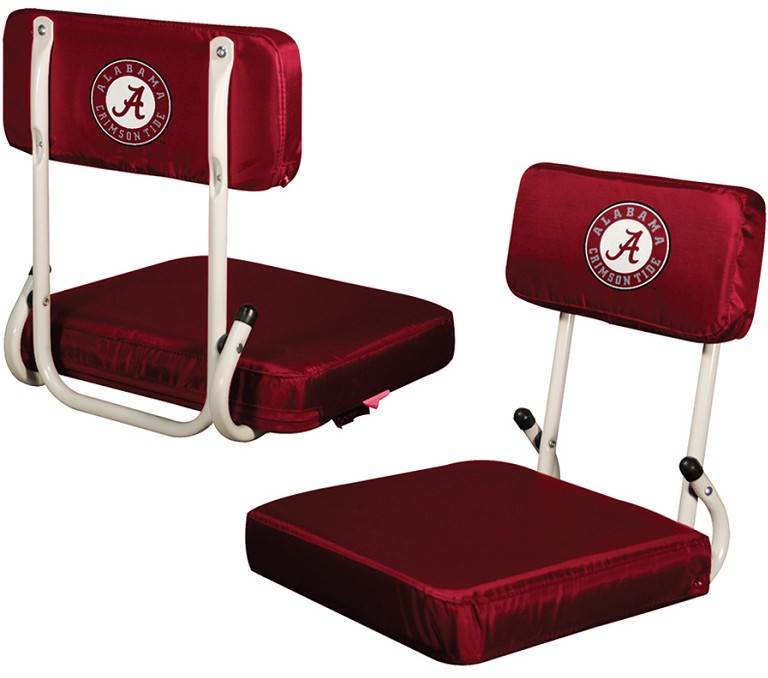Logistic was a word foreign to me way back in 1990’s, then a
working partner introduced the word logistics to my lexicon. What in the heck
was Logistics? A quick reach for Merriam Webster dictionary made it clear, that
is what we do. A trucking conglomerate uses logistics for managing its fleet at
the right time and at the right place with the minimal amount of resources used
to make it happen. The next layers keep piling up when considering equipment
maintenance, human resource availability or even fueling stops. Before you know it, you have to hire more computers, dispatchers, and customers for continuing for it to work
smoothly.
Fed-Ex was a pioneer in the concept of just-in time package
processing while using airline hub and route synchronizations. Then another
giant UPS went from ground to air sorting scheme in a big way.
Originally, somewhere somebody did a college research
project on what logistics can do for you. A belief is that the originator of efficient
logistics came to the Fed-Ex business model.
This comes back to a point of why the 747-8F may hang onto
having a future. The freight companies must learn how to logistically work outs
its kinks before buying a 747-8F. It has to pay for one from its own operation’s
cash before placing an order which somehow connects to the word “Logistic”.
Are you ready for the online definition from Merriam
Webster?
logistics
noun, plural in form but singular or plural in
construction lo·gis·tics \lō-ˈji-stiks, lə-\
Definition of logistics
1: the aspect of
military science dealing with the procurement, maintenance, and transportation
of military matériel, facilities, and personnel
2: the handling of the
details of an operation the logistics of a political campaign
Now, that really clears it up for those trying to find their
way to a 747-8F. Another question is why an A-380 could not sell its passenger
version as a freighter? The answer is a many fold response so big it had a limited freight airport availability. Airbus
did not or could not successfully design an efficient A-380 cargo hold for
multi-dimensional cargo loads. It had no front door like the 747-8F.
The list could on, but the idea is that the A-380 is a
flying whale where the cheaper 747-8F was already fit for the job from its
747-400F roots. The threshold of payload weight was not much different for the
747-8F than what the A-380 was capable doing. After-all the 747 carried America’s
space shuttle on its back. Another point, is freight haulers are not a dime a
dozen commodity and has a low ceiling for customer potential for its air frame purchases.
Boeing stole the march against the A-380 from having a better experience while building 747-400-F. The logistics for having an
A-380 where too enormous for any freight company.
Another way of analyzing the
A-380; business risks could not make a solid case for any Freight Company, from above in the previous paragraphs suggests. There are a plethora of technical concerns
and other statistical data supporting not buying the A-380 for freight. Hence,
the 747-8F stole the slim market away from Airbus at the big end of the freight
market.
The companion 777-F also complimented the 747-8F in a family of large
freighters. The final straw was the lucrative 767-F market would not be matched
by the A-330-F having a lower purchase costs and right sized capacity. Boeing had
a suite of aircraft for any freight haulers logistical nightmares and Airbus
has proposed alterations for its commercial passenger aircraft when going into
freighter configurations.
Continued logistical efficiency will increase the probability
of more 747-8F’s sales in the future. As the few freight companies learn how to
manage the business better by steps in inches, the heavy freight business becomes
more active over time. The A-380F can’t wait since it is no longer evolving
for its nonexistent customers. The 747-8F is in the logistical cross hairs. The
question from the market place is how can “we” stuff more freight through the
nose of a 747-8F? Every-other metric is in place from the frame’s operation. It’s
down to several freight business factors:
- Demand for its package delivery timing
- Demand from aircraft availability and reliability
- Demand for having operational constants known (experience)
This opens the door for specialty crops from Asia,
bulldozers from John Deere and airplane structures from Boeing, just to name a
few. The market is a just-in-time logistical nightmare where the floating freight container
ships are for those who ship a large quantity anytime for some future trade tied to
a seasonal schedule.
The person who studied for a Fed-Ex solution, had a key
cog in its wheel. It was air freight. The 747-8F has to stay alive long enough
until the market catches-up through learning its how logistics makes it possible.







